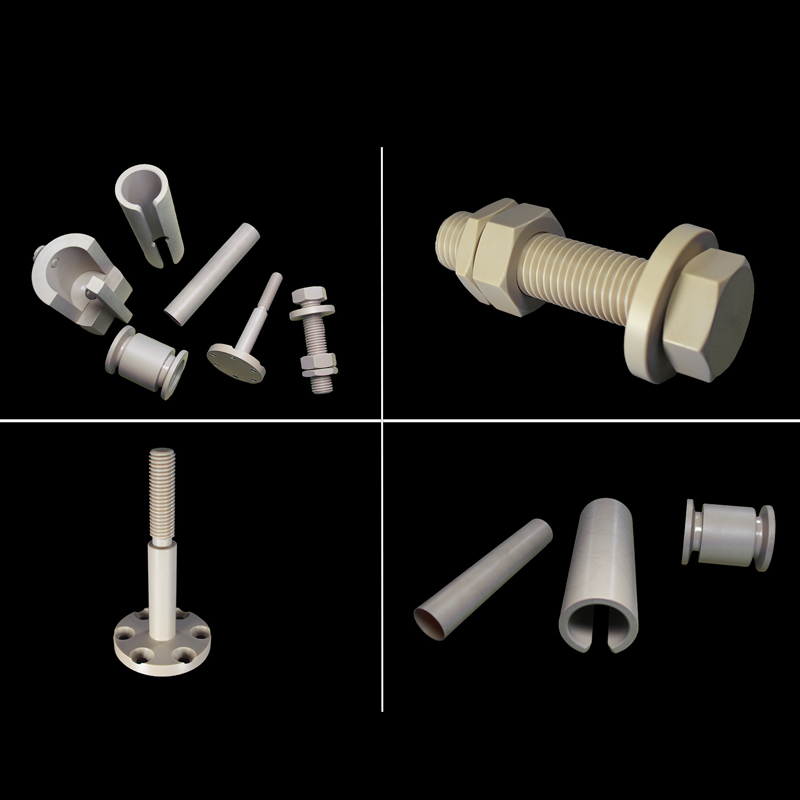
Engineering Plastics: Taking Flight in the Aerospace Industry
The quest for lighter, stronger, and more fuel-efficient aircraft has propelled engineering plastics to the forefront of aerospace applications. These remarkable materials offer crucial properties for soaring to new heights:
High Strength-to-Weight Ratio:
Certain engineering plastics offer exceptional strength for their weight, making them suitable for demanding aerospace applications without compromising on performance.
Exceptional Fire Resistance:
Specific types of engineering plastics exhibit excellent flame retardancy and low smoke emission, crucial safety features for aircraft interiors.
Corrosion Resistance:
Unlike metals, many engineering plastics are naturally resistant to corrosion, eliminating the need for extensive coatings and extending the lifespan of aircraft components.
Ultralightweight:
Compared to traditional metals, engineering plastics boast a significantly lower density, translating to substantial weight reduction in aircraft components. This translates directly to improved fuel efficiency, increased payload capacity, and potentially greater range.
Wide Temperature Range Performance:
These materials can withstand the extreme temperature fluctuations experienced during flight, from the scorching heat at high altitudes to the frigid temperatures at cruising altitude.
These properties contribute to significant benefits for the aerospace industry:
Enhanced Fuel Efficiency:
Lighter weight translates to burning less fuel, reducing operational costs and environmental impact.
Improved Safety:
Fire resistance and smoke suppression properties contribute to a safer cabin environment.
Reduced Maintenance Costs:
Corrosion resistance minimizes maintenance needs, leading to lower lifecycle costs.
Increased Range and Payload Capacity:
Weight reduction allows for carrying more cargo or passengers over longer distances.
Design Versatility:
The design flexibility of engineering plastics allows for the creation of complex, lightweight components, potentially leading to more aerodynamic and efficient aircraft designs.
In conclusion, engineering plastics are revolutionizing the aerospace industry by enabling lighter, more fuel-efficient, and potentially more cost-effective aircraft with improved safety and design possibilities. They are truly helping the industry reach new heights.
Materials list
